Introduction
L’embolisation des artères de la prostate (EAP) est récemment apparue comme une option viable pour le traitement des symptômes urinaires (LUTS pour low urinary tract symptoms) associés à l’hyperplasie bénigne de la prostate (HBP). L’embolisation des artères prostatiques induit une ischémie sélective prostatique, ayant pour résultat la réduction du volume et de la rigidité de la prostate (figures 1 et 2) [1]. Tandis que la surveillance médicale et les traitements médicamenteux peuvent être appropriés pour des patients présentant des symptômes urinaires modérés, certaines caractéristiques cliniques et la sévérité des symptômes peuvent nécessiter des traitements plus agressifs.
L’évolution progressive des symptômes urinaires associés à l’HBP et leur aggravation quasi inéluctable suggèrent qu’un traitement précoce peut soulager et améliorer la qualité de vie. Un tel paradigme peut être facilité par une plus grande connaissance des symptômes de l’HBP et des complication
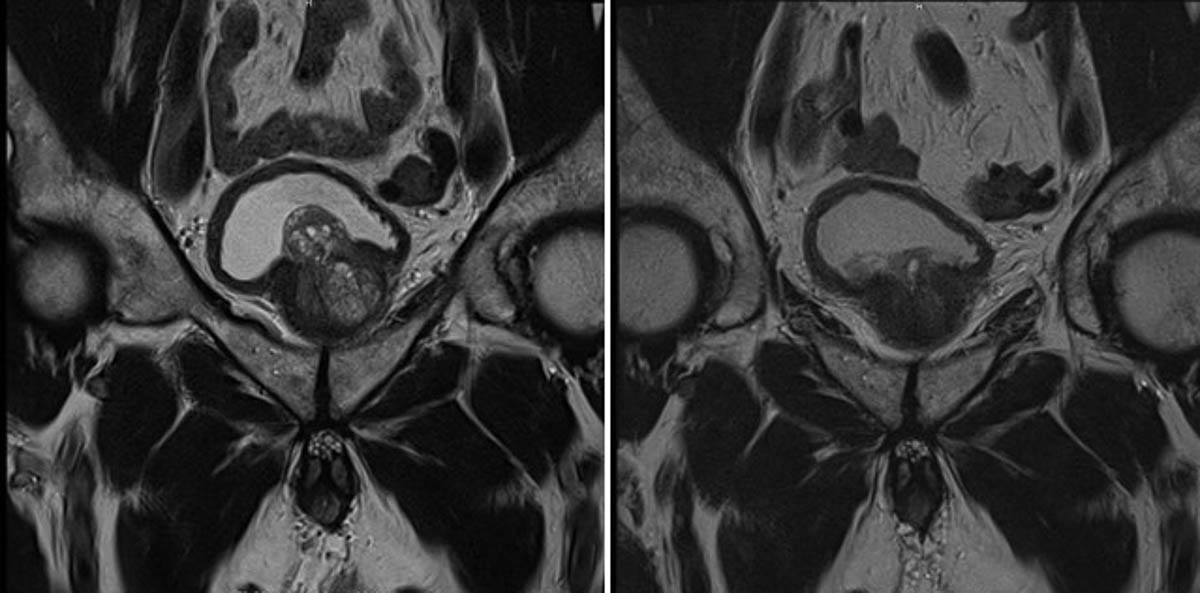
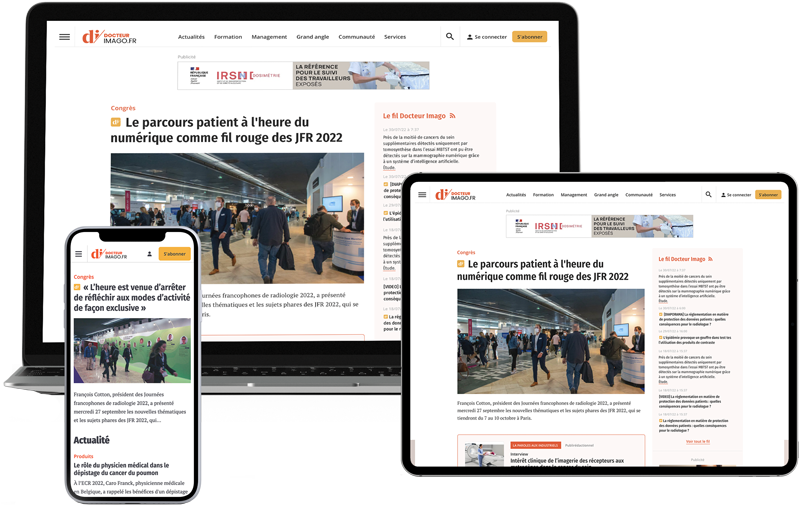
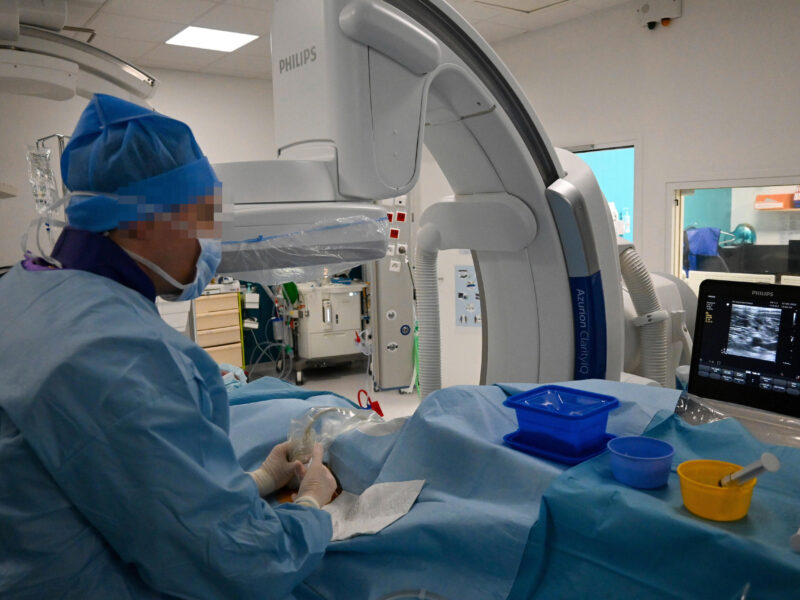


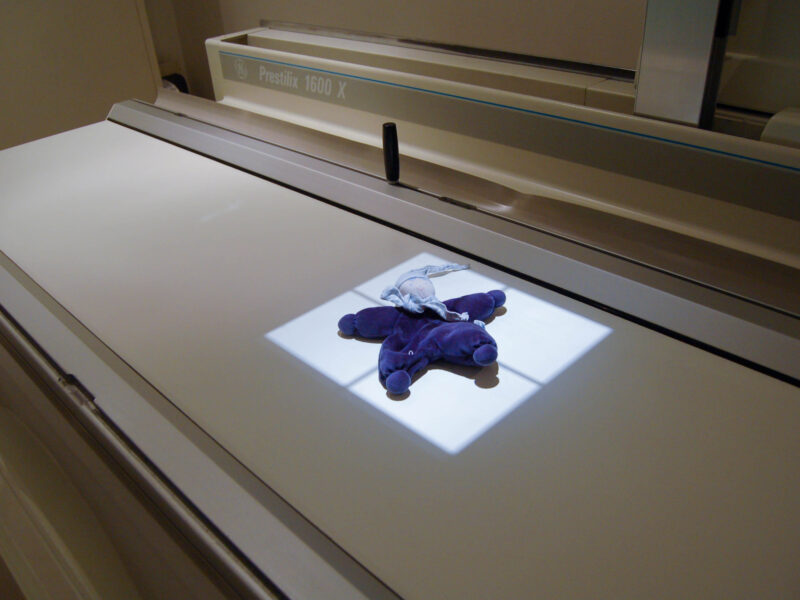
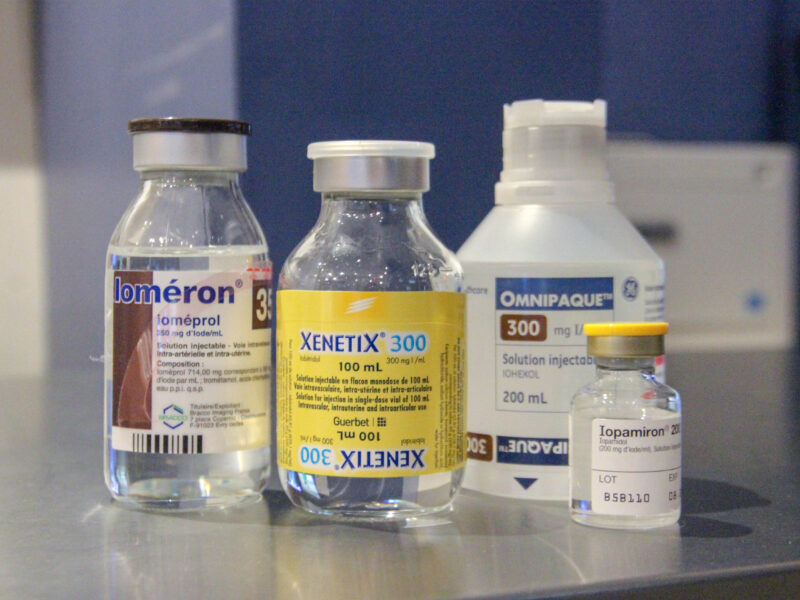







Discussion
Commenter cet article-

romain.augerMerci pour cet article de qualité !
Il y a 5 ans
Signaler
Commenter cet article